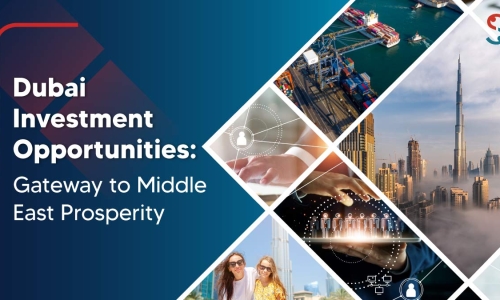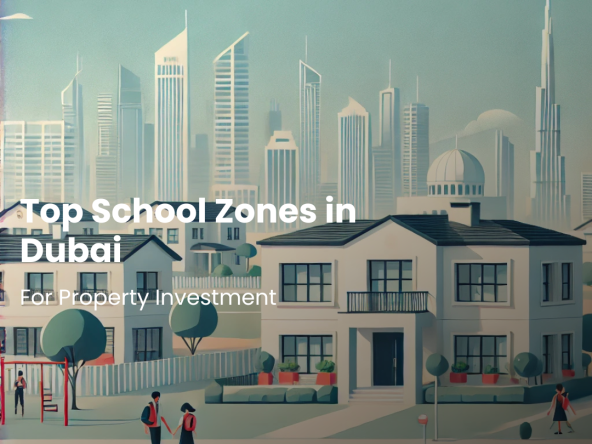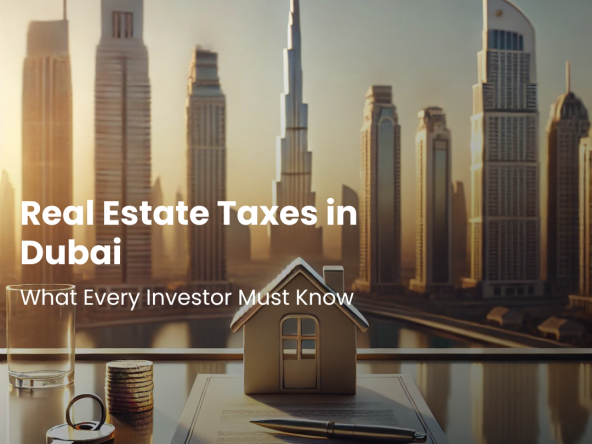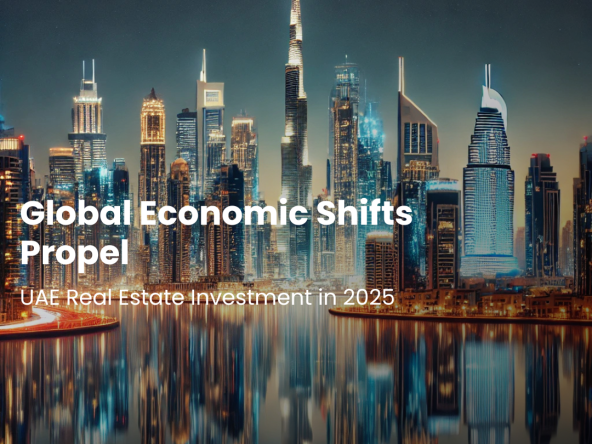Dubai real estate market has long been a magnet for investors and homebuyers from around the globe. Known for its tax-free benefits, luxurious properties, and promising returns, the city has seen tremendous growth in recent years.
However, a persistent supply and demand imbalance has emerged in certain property segments, leaving some buyers and investors wondering about market trends. This blog explores the primary drivers behind this imbalance and what it means for potential investors.
Population Growth: A Key Driver of Housing Demand
Expatriate Influx and Job Opportunities
Dubai is home to a diverse and dynamic expatriate population. As one of the world’s most attractive cities for professionals seeking lucrative job opportunities and an enhanced quality of life, Dubai has seen a steady rise in the number of people moving to the city.
Population growth has been one of the biggest contributors to the housing demand in the city. As expatriates flood in for better career prospects, the demand for residential properties, particularly in sought-after areas like Dubai Marina apartments and Downtown Dubai property for sale, continues to rise.
While developers strive to keep pace with this growing population, the home construction rate sometimes falls short of the housing needs, leading to an increased demand for both luxury apartments and more affordable housing options. This population boom is expected to continue in 2024, putting more pressure on the city’s housing supply.
Growing Demand for Residential Space
With Dubai’s population set to cross 3.5 million in 2024, the demand for residential space is ever-increasing. Popular residential areas like Dubai Hills Estate and Dubai Creek Harbour are in particularly high demand.
These communities offer residents easy access to commercial hubs, recreational facilities, and premium amenities, making them attractive options for families, professionals, and investors alike.
While developers are working hard to keep up, some housing projects are delayed or slow to complete, leaving many buyers in limbo. This lag in construction can significantly affect market equilibrium, contributing to a persistent shortage of residential properties.
Investment Demand: Local and Global Interest Fuels the Market
Dubai’s Appeal to Foreign Investors
Dubai is one of the most appealing real estate markets for foreign investors, thanks to its tax-free income policies, political stability, and high return on investment.
The city’s safe and secure environment, combined with high yields on off-plan properties in Dubai, attracts investors from around the world.
Popular locations like Downtown Dubai, Dubai Marina, and Dubai Hills Estate are particularly attractive due to their iconic landmarks, luxury developments, and proximity to major business districts.
Foreign buyers often invest in luxury apartments in Dubai, which not only serve as high-end residences but also as valuable assets with strong rental yields.
The increasing interest from local and international investors has added more pressure on the already tight housing supply, contributing to the demand-supply imbalance.
Rising Interest in Off-Plan Properties
Off-plan properties are another crucial factor in the rising demand. Many investors prefer off-plan developments due to their lower prices and the potential for high capital appreciation before the projects are completed.
Areas like Dubai Creek Harbour and Dubai South real estate have become hotbeds for off-plan investments, where properties can be purchased at a fraction of the price of ready properties.
The flexibility of payment plans and the chance to secure properties in prime locations also drive the demand for off-plan properties.
However, while demand for off-plan homes is high, delays in project completion often create a gap in the availability of ready-to-move-in properties.

Regulatory and Market Adjustments: Developers Respond to Changing Dynamics
Impact of New Visa Policies
The introduction of new visa policies aimed at attracting foreign investors has significantly influenced Dubai’s real estate market.
Long-term residency options, such as the 10-year Golden Visa, have encouraged more investors to consider Dubai real estate as a long-term investment.
However, these policies can create fluctuations in demand, prompting developers to adjust their output accordingly.
In some cases, developers may temporarily halt or slow down construction in response to market demand, further contributing to short-term supply shortages.
Sustainable and Green Developments
As part of Dubai’s long-term vision for sustainable development, there has been a growing focus on eco-friendly and green developments.
Areas like Dubai Creek Harbour are leading the charge with sustainable infrastructure and environmentally conscious designs.
While these projects contribute to Dubai’s green vision, they often take longer to build due to the additional considerations involved in creating sustainable developments.
As the city shifts towards sustainability, developers may reduce the speed of construction to ensure adherence to these green standards, further impacting the availability of new homes.
Conclusion: What Does This Mean for Buyers and Investors?
The supply and demand imbalance in the Dubai real estate market presents unique challenges for buyers and investors alike.
With population growth, increasing foreign investment, and the focus on luxury developments, the city continues to see heightened demand.
However, construction delays, the shift towards high-end properties, and market adjustments mean that supply struggles to keep pace.
Whether you’re looking to invest in off-plan properties in Dubai, secure a luxury apartment in Dubai, or explore emerging areas like Dubai South, understanding the market dynamics will be crucial to making informed decisions in 2024.
For expert guidance on navigating Dubai’s evolving real estate market, reach out to Tenco Homes, your trusted partner in finding the right property for your needs and goals.





